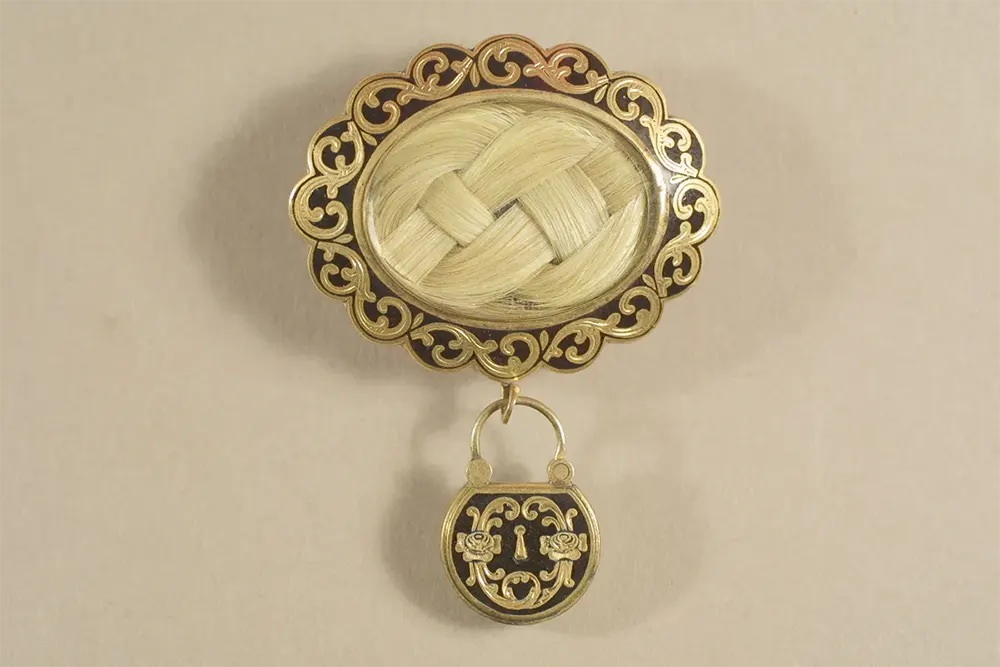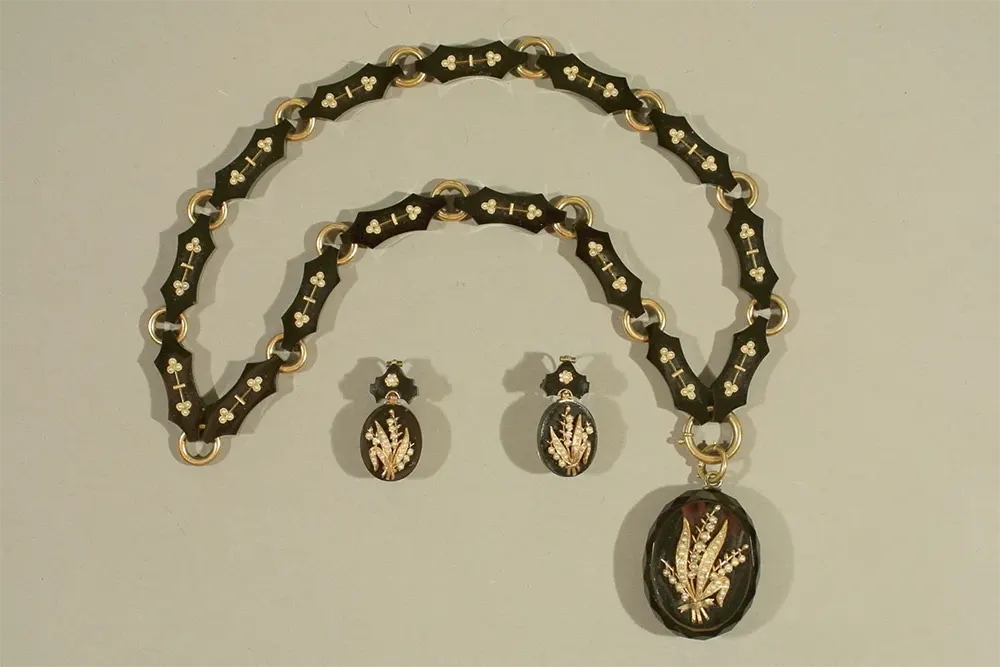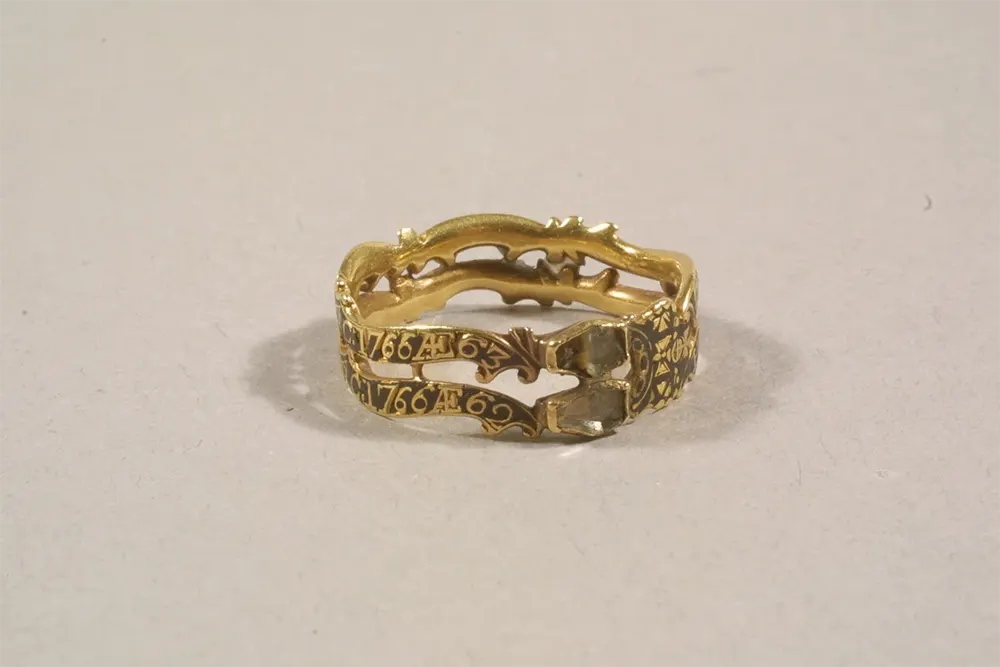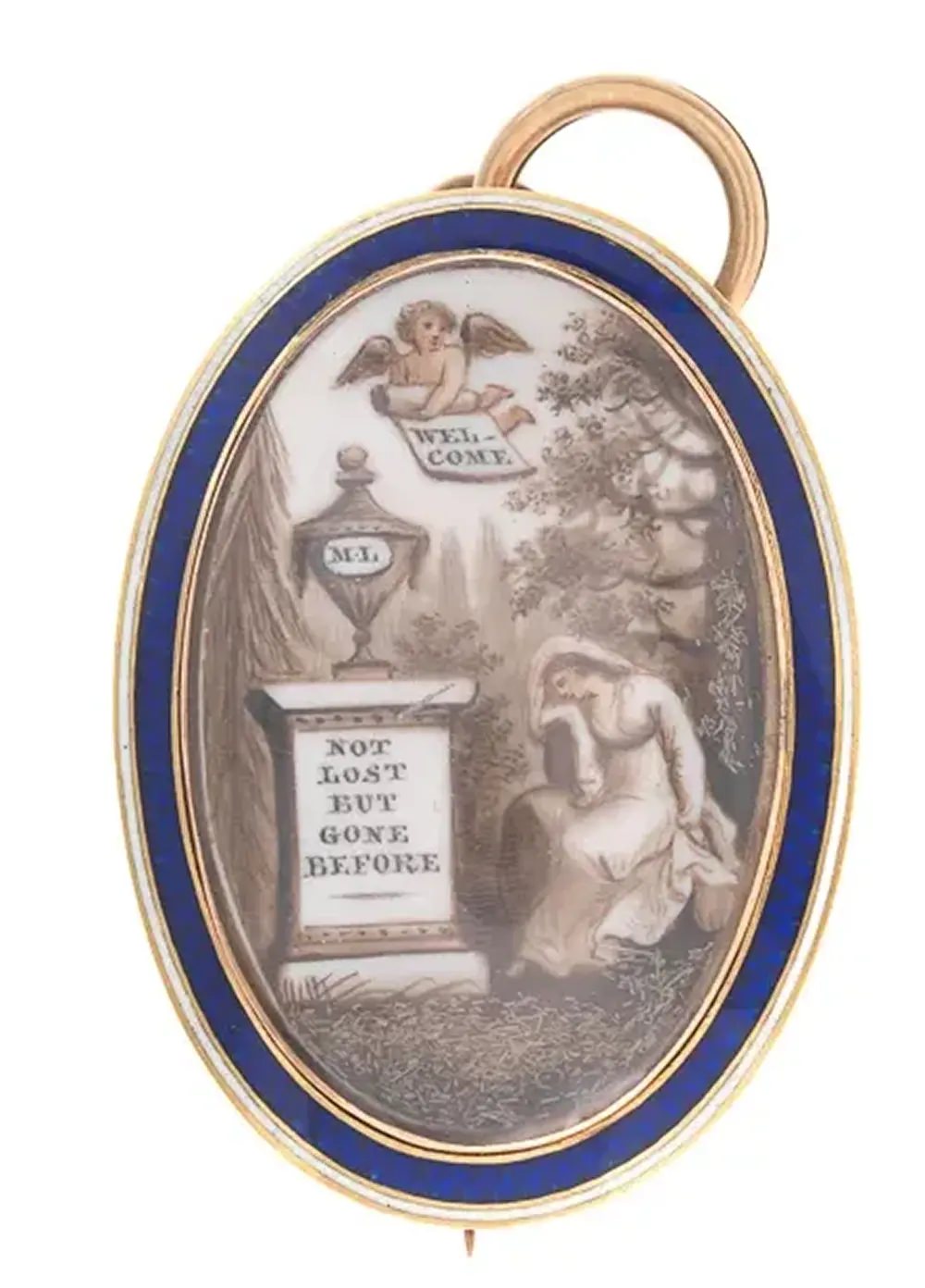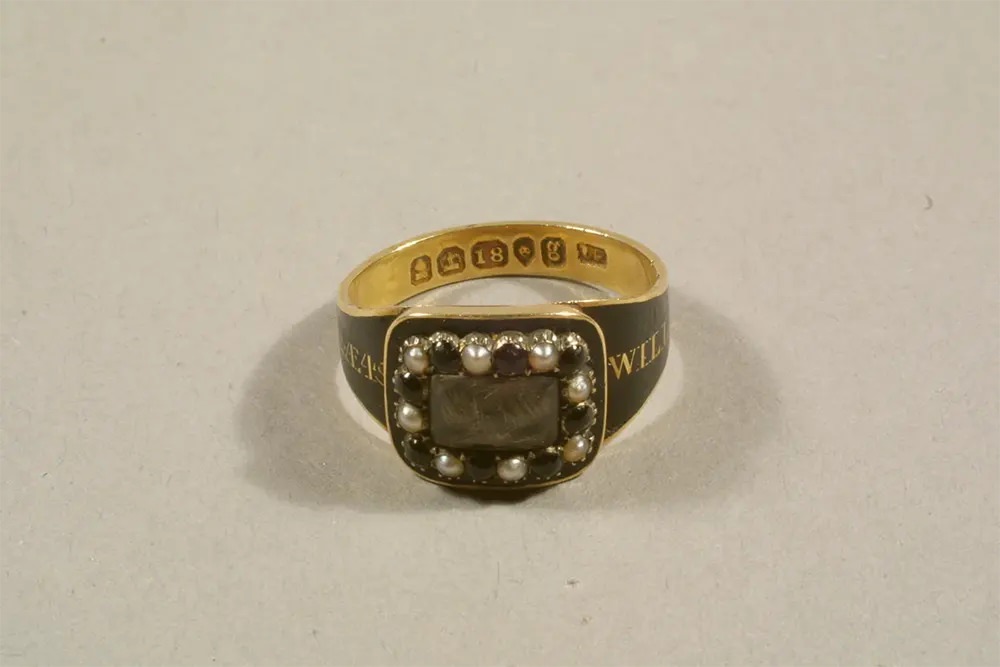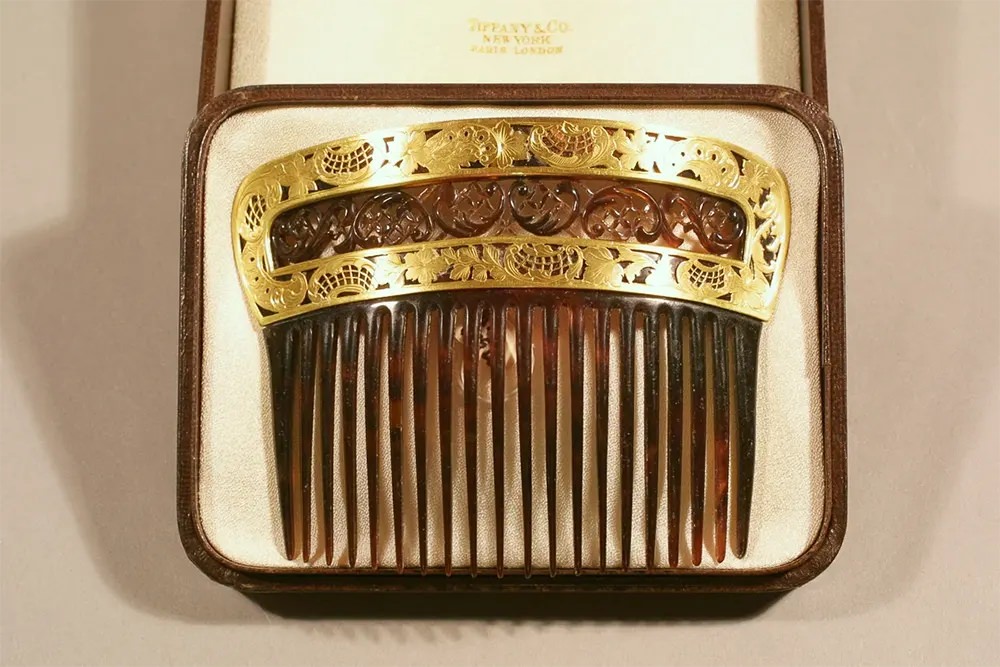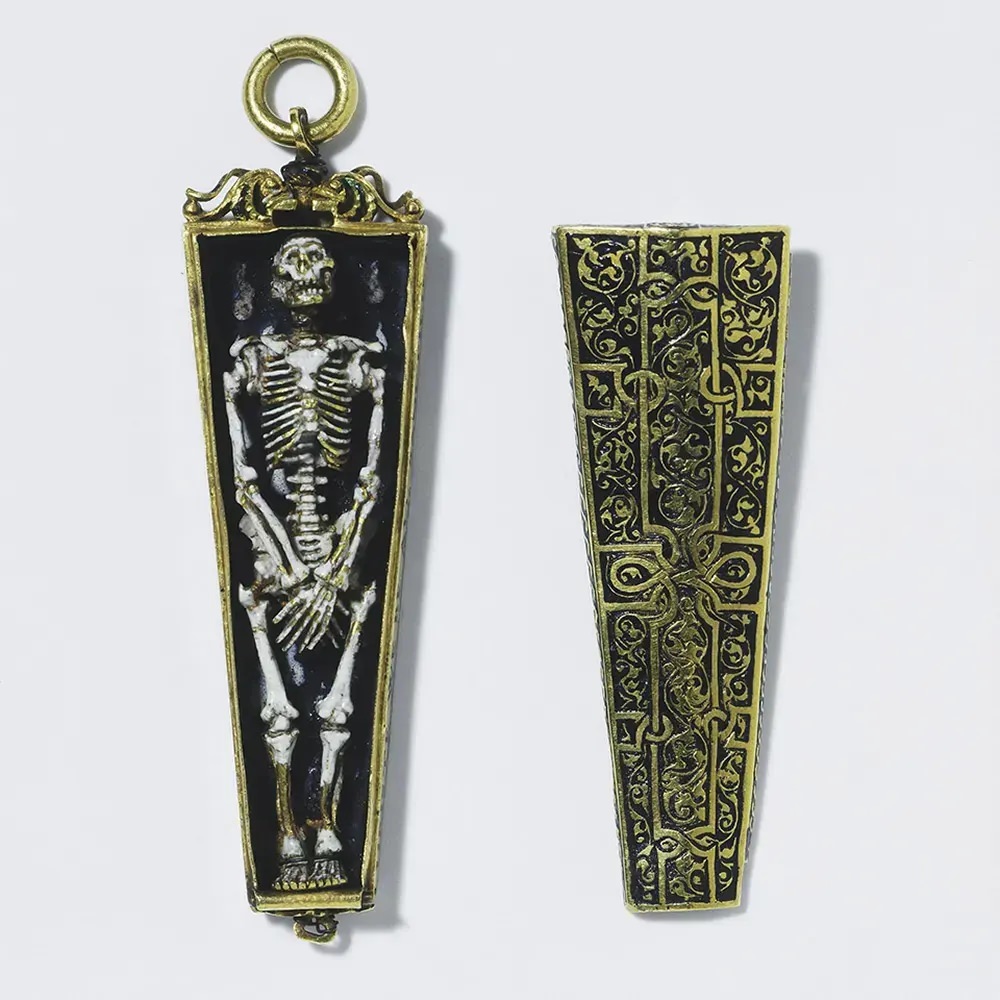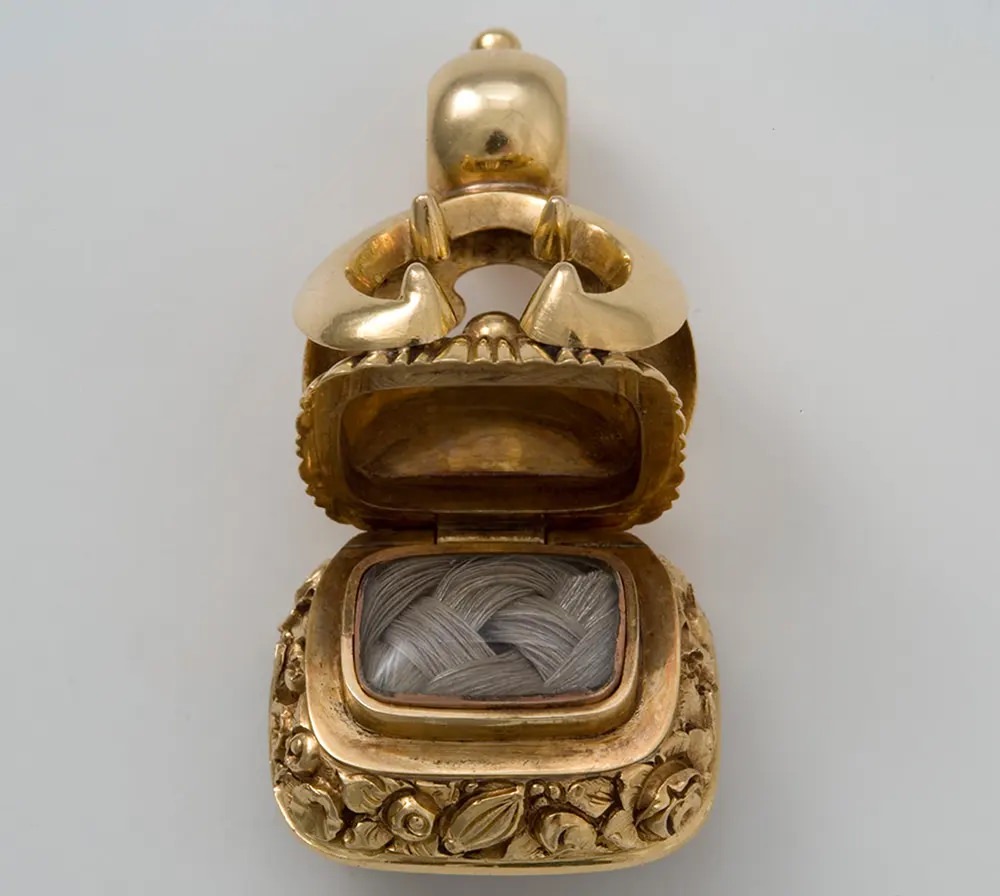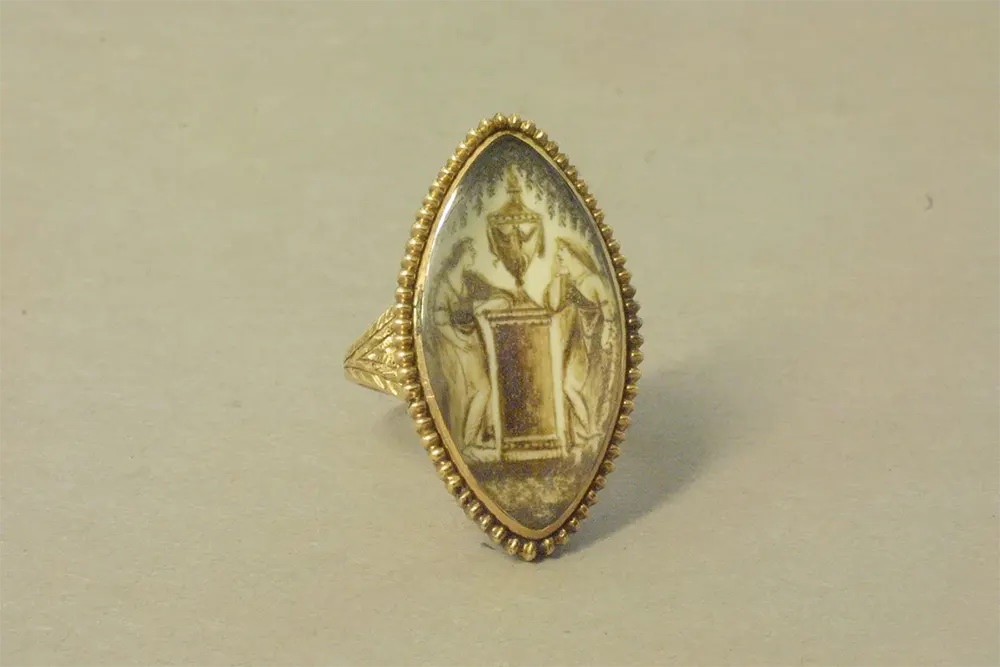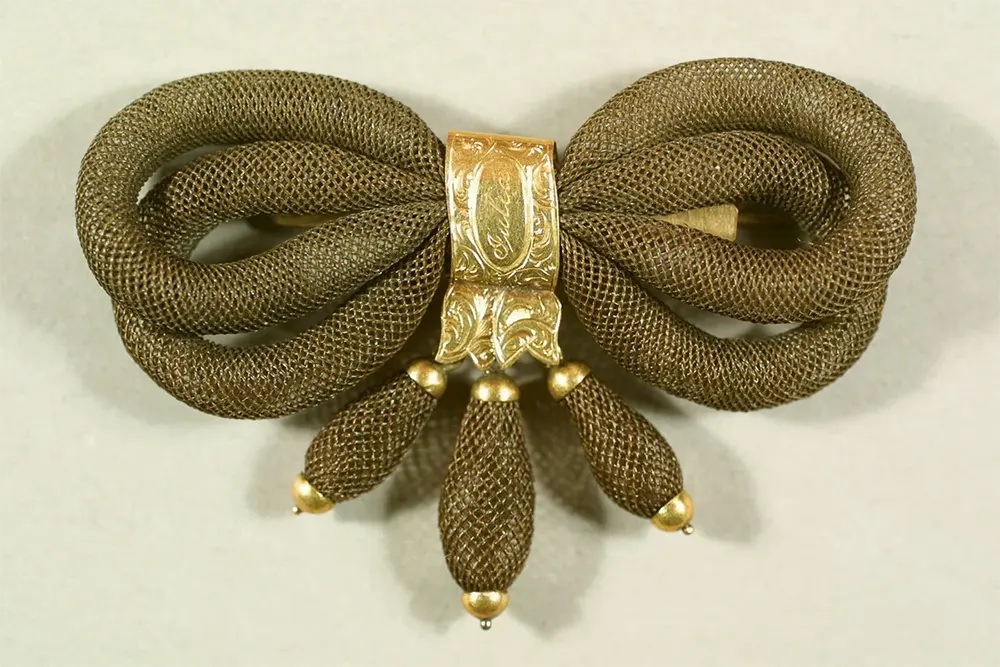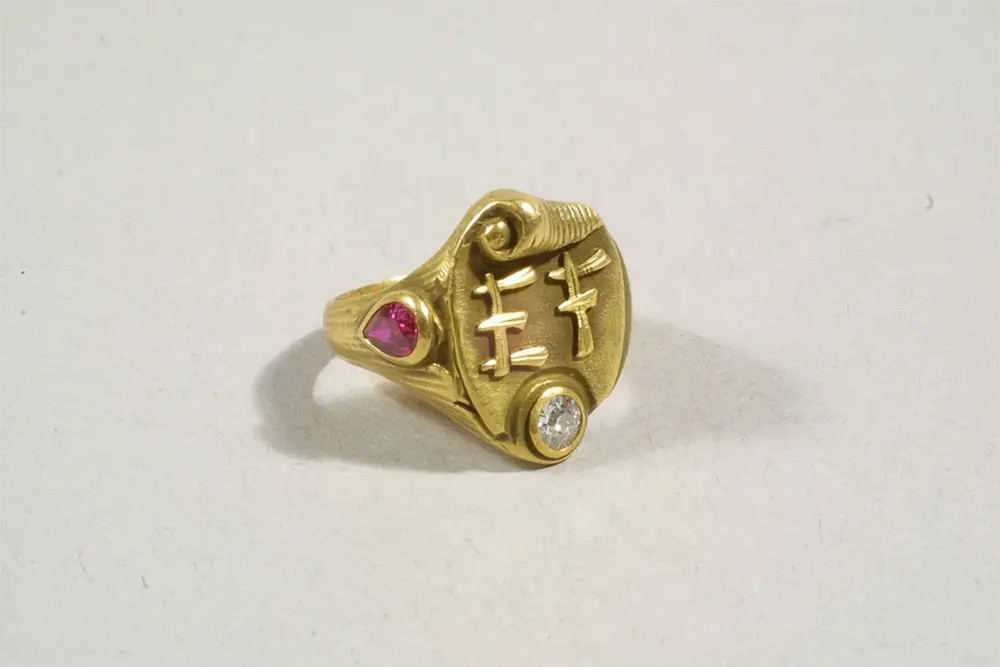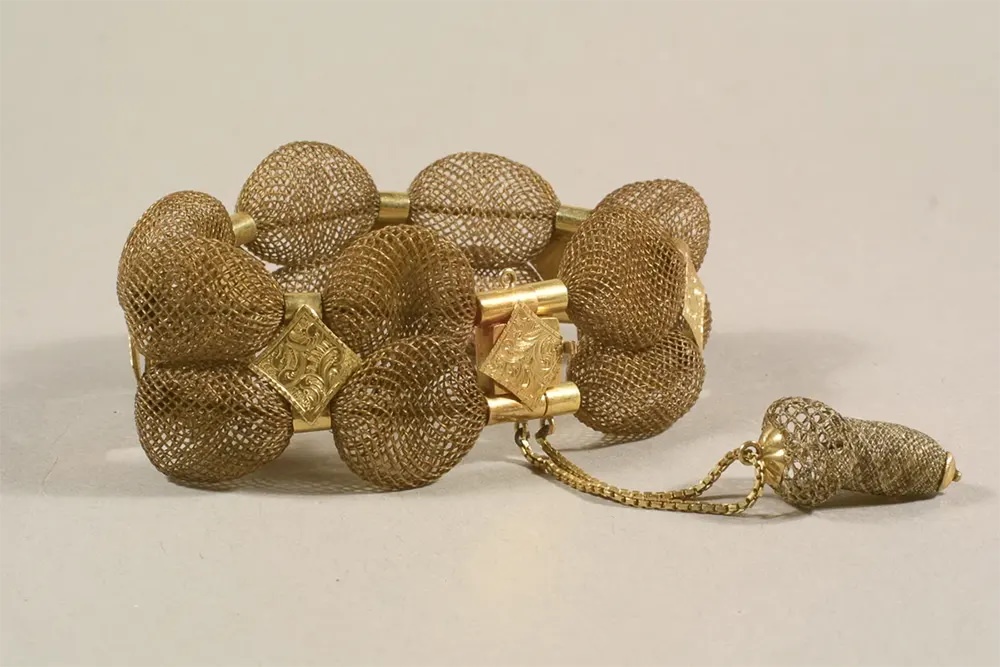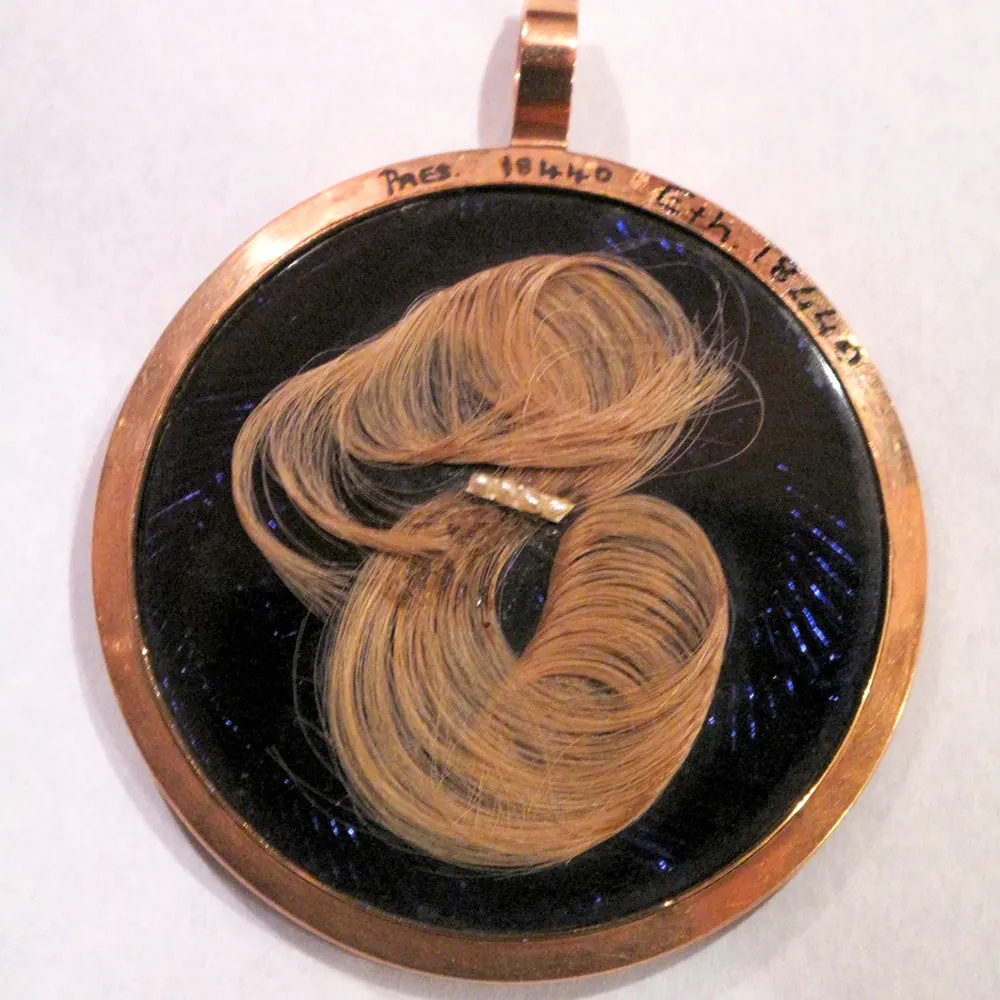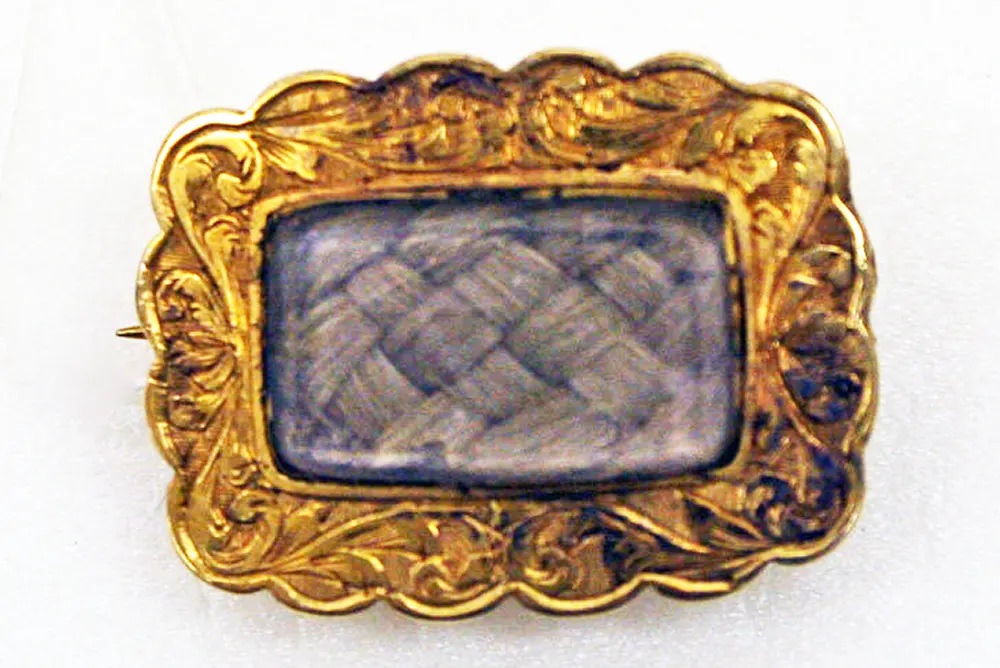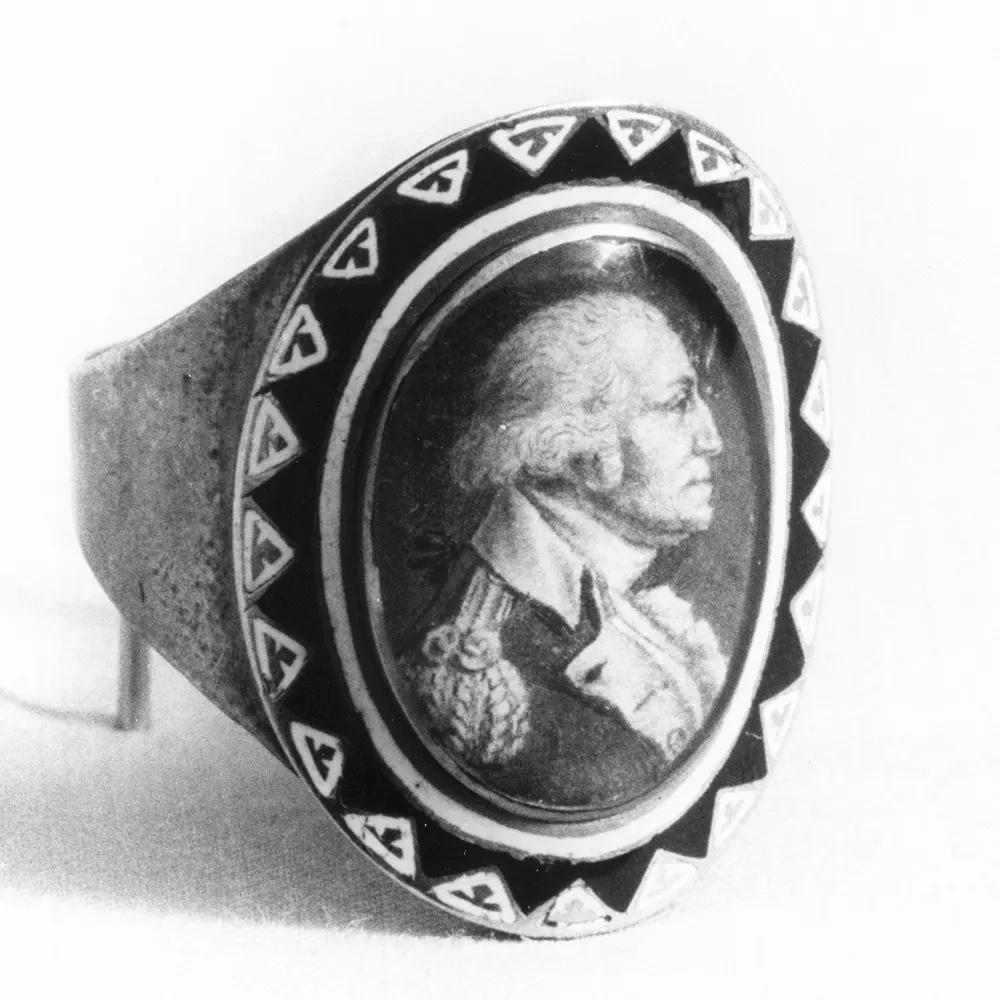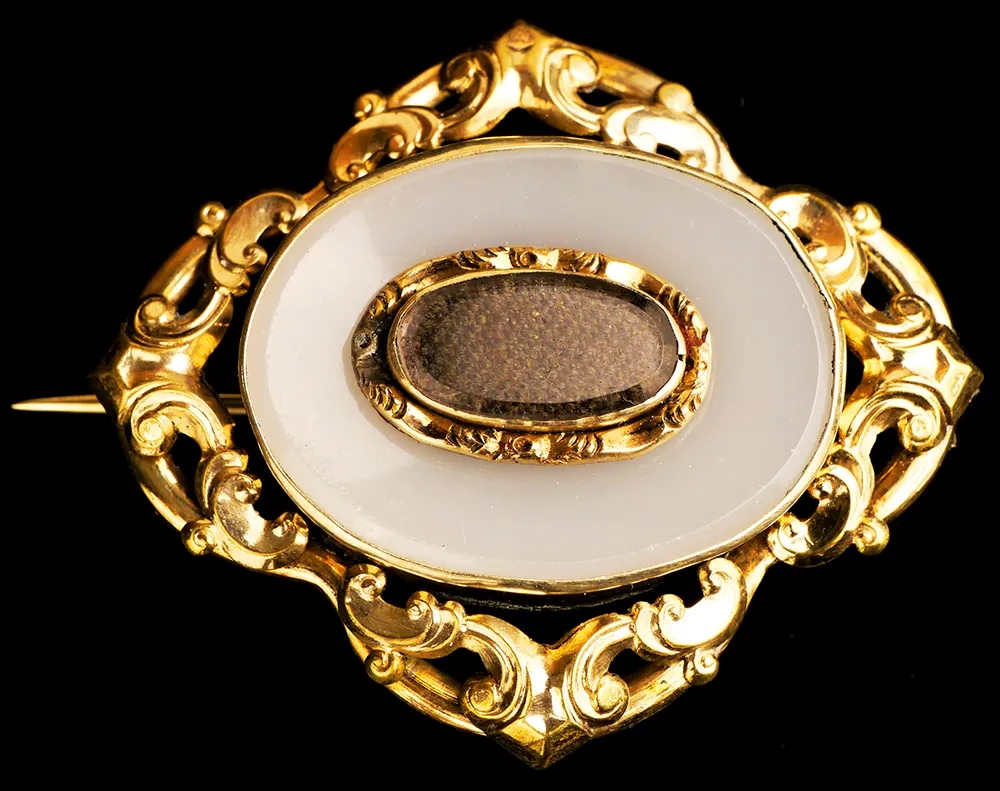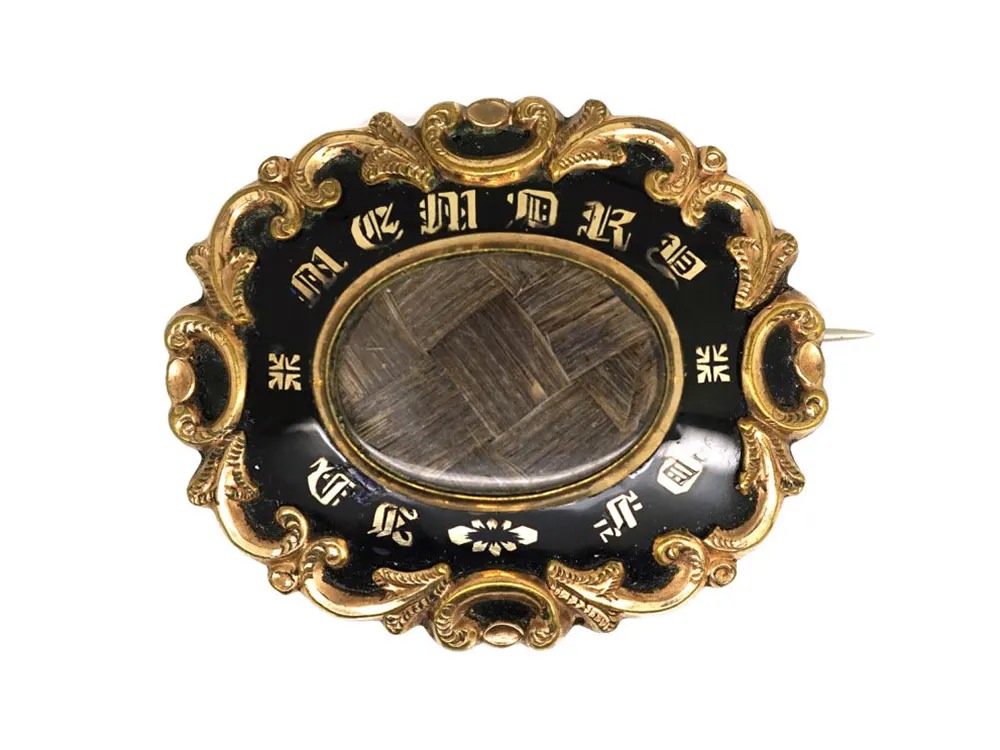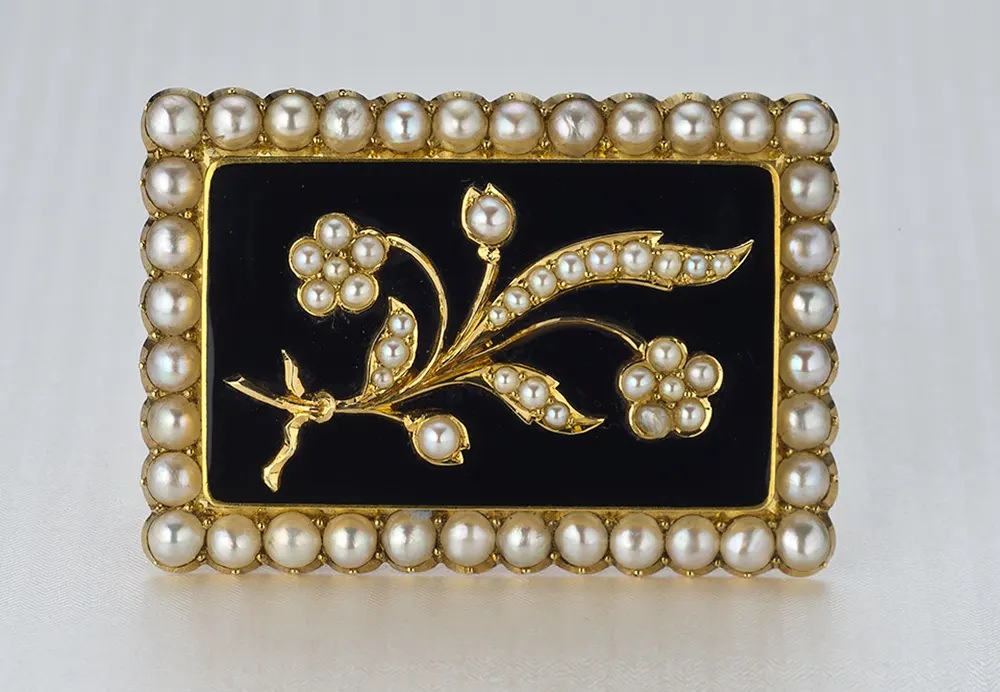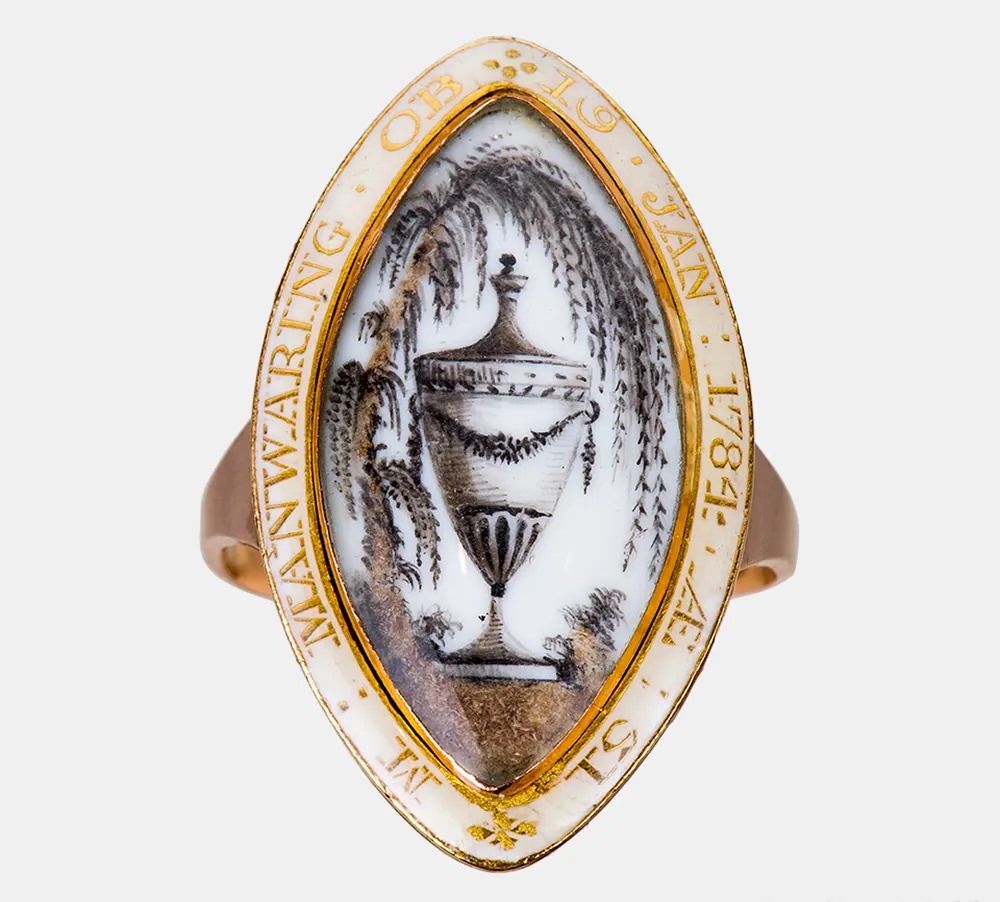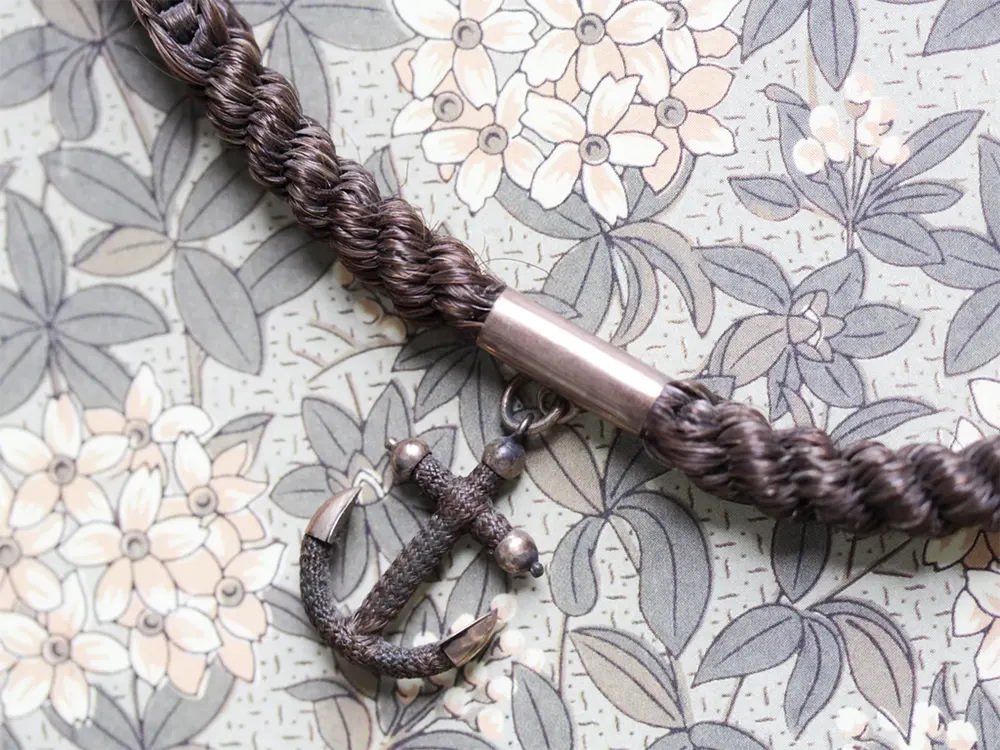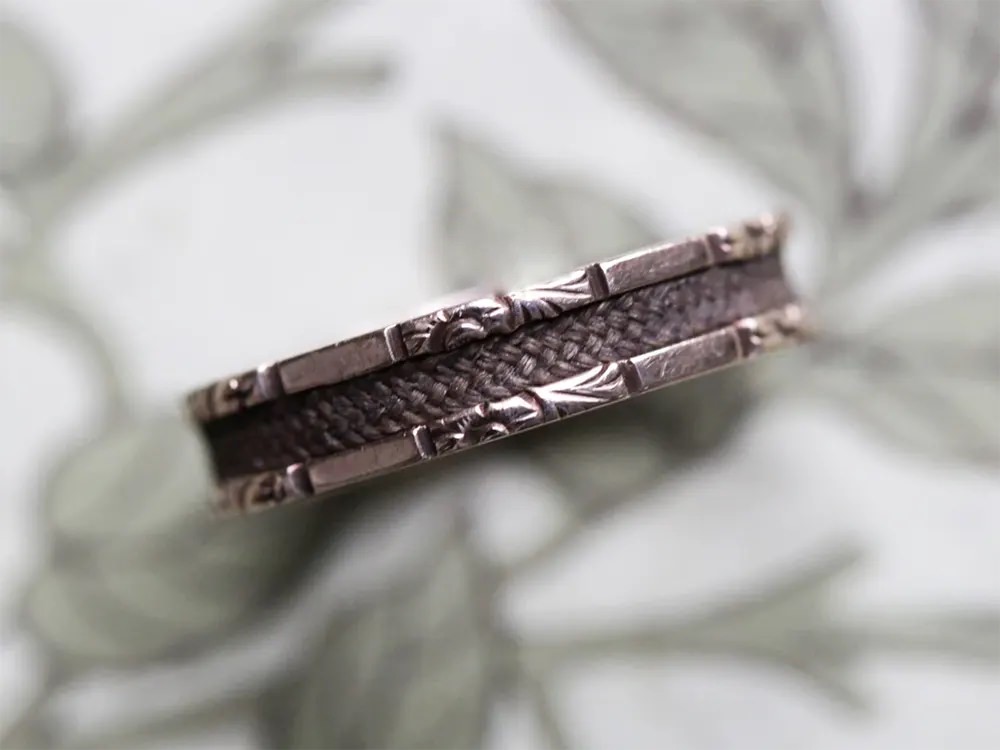During the Victorian era, mourning jewelry was popular as a tribute or memento to remember a deceased loved one. Due to the popularity of memorial jewelry and art. England imported 50 Tons of hair a year to supplement the deceased’s during the mid-1800s. In the Victorian times, epidemics such as cholera and scarlet fever were common causes of death. Losing a loved one is, therefore, not as shocking as it should be but an everyday occurrence.
When Prince Albert died in 1861, Queen Victoria fell into a long depression. She wore black crepe dresses and mourning jewelry for most of the next four decades. As a reminder of her husband’s death, she commissioned portraits, memorials, and busts of Prince Albert. During Queen Victoria’s reign, mourning jewelry became popular as she set an example for her court and was admired by the public. The most common materials were jet, onyx, pearls, dark tortoiseshell, black enamel, bog oak, vulcanite, and gutta-percha (natural rubber derived from Southeast Asian trees). Aristocrats and the wealthy commissioned lockets, bracelets, necklaces, and rings as memorials for their loved ones.
The white enamel symbolizes the death of an unmarried female virgin or child. The tears of children were symbolized by pearls, which represented their memory. Turquoise symbolized ‘thinking of you. The mourning jewelry of wealthy families usually includes precious stones. Mourning jewelry featured some unique features beyond the usual materials. Jewelry, braided chains to hold watches and pendants, and even large framed memorial art pieces were made with hair. Teeth are also found in some Victorian mourning jewelry pieces – particularly rings. Antique stores and auctions rarely have these since they were less common than hair. Some pieces contain scraps of cloth or fabric from the deceased’s clothing. Some designs incorporate tintype portraits or miniature paintings of the deceased. Lockets often contain a photo or portrait on one side and a lock of hair on the other. Many mourning brooches included a place to keep a lock of hair or a symbolic design.
In today’s world, mourning jewelry may seem dreary, but understanding its history can change your perspective. During the Victorian era, the average lifespan was 40 to 45 years. Europe was almost constantly at war at the time, and many diseases were killing people, such as cholera, typhoid, smallpox, and scarlet fever. Epidemics sometimes caused one in two children to die before they turn five. Death was a constant companion during the Victorian era. Survivors who suffered frequent losses found solace in mourning jewelry.


